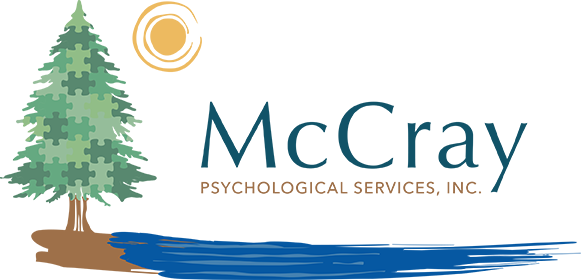 The term “Autism Spectrum Disorder” or “ASD” has been widely known for years, but it only became an official diagnosis in the DSM-5 (the Diagnostic and Statistical Manual of Mental Disorders, used mainly by mental health professionals) in May 2013 when the DSM-5 was published. From 1994 to 2013, psychologists used the DSM-IV, which referred to Pervasive Developmental Disorder (PDD) as the umbrella diagnosis for conditions like Autism, Asperger’s, and PDD-NOS (not otherwise specified). All three conditions now fall under the broader category of Autism Spectrum Disorder. Although Asperger’s no longer technically exists, it has been reclassified and is included under the ASD diagnosis, with the qualifier of average or higher intelligence and good language skills.
The term “Autism Spectrum Disorder” or “ASD” has been widely known for years, but it only became an official diagnosis in the DSM-5 (the Diagnostic and Statistical Manual of Mental Disorders, used mainly by mental health professionals) in May 2013 when the DSM-5 was published. From 1994 to 2013, psychologists used the DSM-IV, which referred to Pervasive Developmental Disorder (PDD) as the umbrella diagnosis for conditions like Autism, Asperger’s, and PDD-NOS (not otherwise specified). All three conditions now fall under the broader category of Autism Spectrum Disorder. Although Asperger’s no longer technically exists, it has been reclassified and is included under the ASD diagnosis, with the qualifier of average or higher intelligence and good language skills.
So, what is an Autism Spectrum Disorder (ASD)? According to the DSM, “The essential features of autism spectrum disorder are persistent impairments in reciprocal social communication and social interaction, and restricted, repetitive patterns of behavior, interests, or activities. These symptoms are present from early childhood and limit or impair everyday functioning.” In simple terms, this means a child has:
- Social delays, such as not being especially motivated by praise, having difficulty recognizing others’ emotions, not showing objects of interest to people, or not seeking age-appropriate social interactions with peers.
- Nonverbal communication delays, such as limited eye contact, reduced facial expressions directed towards others, and, with younger children, a lack of pointing to items out of reach.
- 3. At least two of the following issues: repetitive behaviors (such as unusual hand movements, focusing on spinning objects, lining up objects, pacing, or echoing words/phrases of others), insistence on sameness (specific routines that are much stronger than most children their age and cause significant distress when changed), fixated interests (focusing to an unusually intense degree on specific topics or objects), or sensory issues (being overly bothered by, or seeking excessive feedback like touch, smell, vision, movement, or taste).
It’s important to understand that these behaviors should be unusual for the individual’s intellectual level and age. For example, if someone has an intellectual disability, their skills in all areas are generally delayed, and they would likely socially and verbally interact like a much younger child. Additionally, for younger children, mouthing objects or fixating on a teddy bear or blanket might be developmentally appropriate and not necessarily indicate ASD. It is also important to recognize that a child might show social and/or language delays for reasons other than an ASD. For instance, a person with an anxiety disorder may avoid social interactions and prefer to isolate themselves out of fear of teasing. Distinguishing these diagnoses can be difficult, especially in young children, and is part of a comprehensive psychological evaluation.

